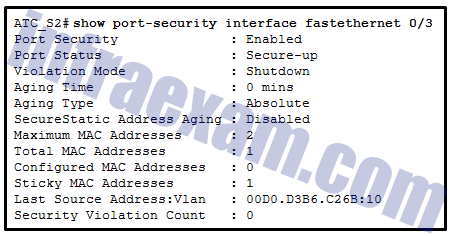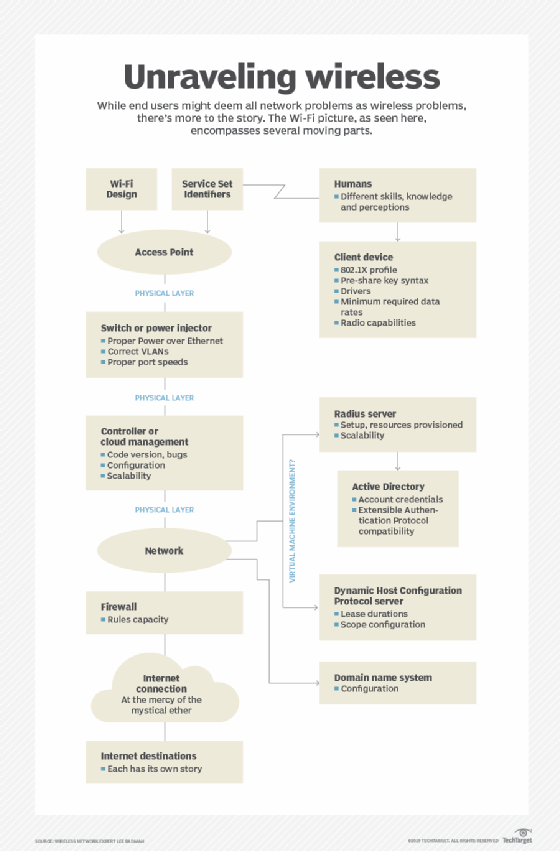


Although mechanisms to control and minimize the impact of collisions (such as collision detection in the CSMA/CD mechanism of Ethernet) exist, a wireless medium does not allow for collision detection through power measurement. However, as the experience with deploying 802.11 based networks matured, it became obvious that the simple CSMA/CA MAC mechanism can become quite inefficient, mostly due to its collision prone random access and recovery processes. Instead, simpler random access CSMA-based protocols were preferred. Such a scheme had limited flexibility in low cost WLANs that are dominated by bursty data traffic. TDMA required complex scheduling in a central node and used fixed time slot-based transmissions, as opposed to variable length packet transmissions. The latter was never really accepted by the industry, while IEEE 802.11 (dubbed WiFi) quickly became the technology of choice for WLANs worldwide. The original designs of MAC protocols for WLANs included the CSMA/CA (CSMA with collision avoidance) mechanism in IEEE 802.11 WLANs and time division multiple access (TDMA) in HIPERLAN. MAC protocols for WLANs must also address several other key issues, such as coping with a varying and potentially large number of users, maintaining acceptable delays for multimedia traffic, transmitting over a randomly varying wireless channel, and introducing minimal overhead to the transmitted data stream. The most important aspect of a MAC protocol is the ability to efficiently coordinate access among multiple contending stations (STA) for a shared resource. The throughput and scalability of a wireless local area network (WLAN) are greatly dependent on its medium access control (MAC) protocol and its associated multiple access (MA) scheme. We demonstrate the effectiveness of the proposed MAC and compare it to existing mechanisms through simulation and by deriving an analytical model for the operation of the MAC in saturation mode. Data transmission opportunities are assigned through an access point that can schedule traffic streams in both time and frequency (subchannels) domains. To improve throughput, we combine the OFDMA access with a carrier sense multiple access (CSMA) scheme. The design uses OFDMA to reduce collision during transmission request phases and makes channel access more predictable. We propose a new adaptive MAC design based on OFDMA technology. The advent of new PHY schemes that are based on orthogonal frequency division multiple access (OFDMA) provides new opportunities for devising more efficient MAC protocols. The design of these techniques is highly linked to the choice of the underlying physical (PHY) layer technology. These deficiencies are mainly due to the use of random multiple access techniques in the MAC layer. Existing medium access control (MAC) schemes for wireless local area networks (WLANs) have been shown to lack scalability in crowded networks and can suffer from widely varying delays rendering them unsuited to delay sensitive applications, such as voice and video communications.


 0 kommentar(er)
0 kommentar(er)
